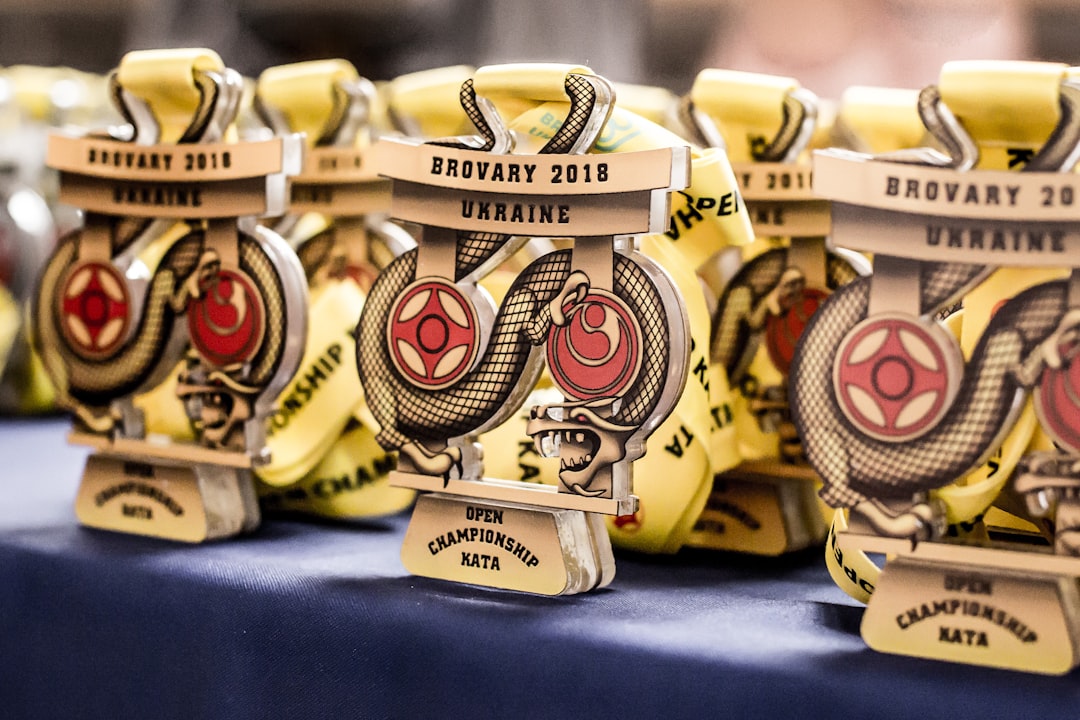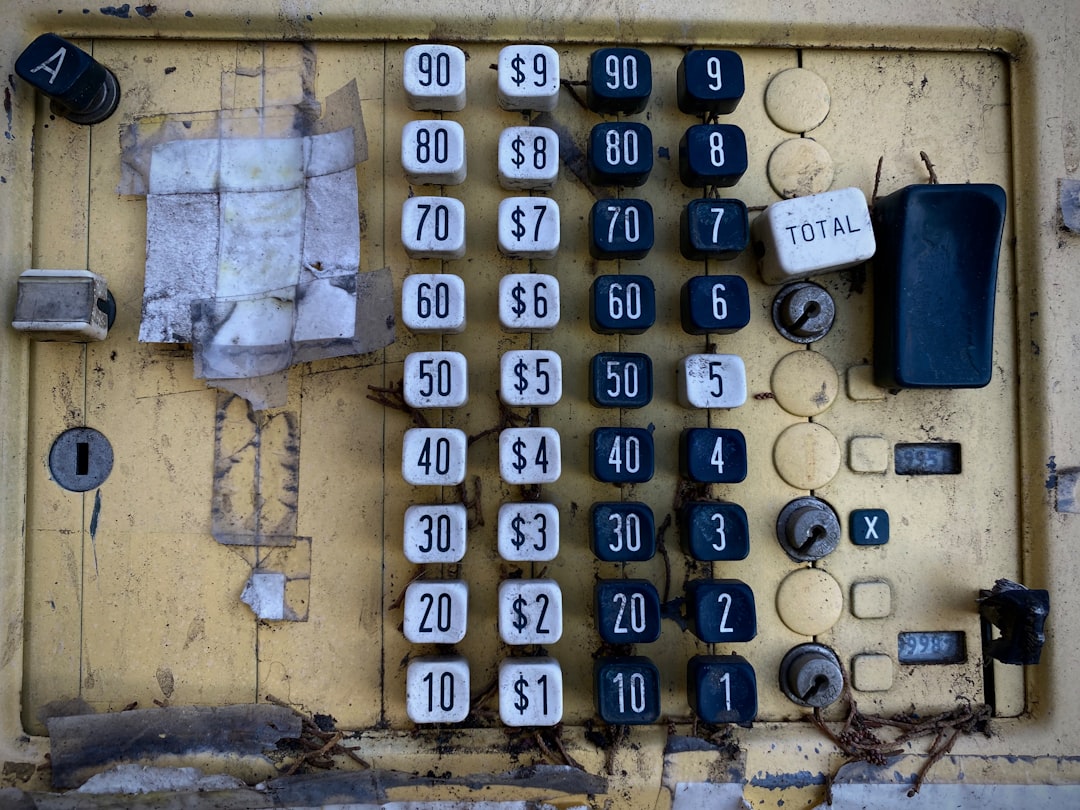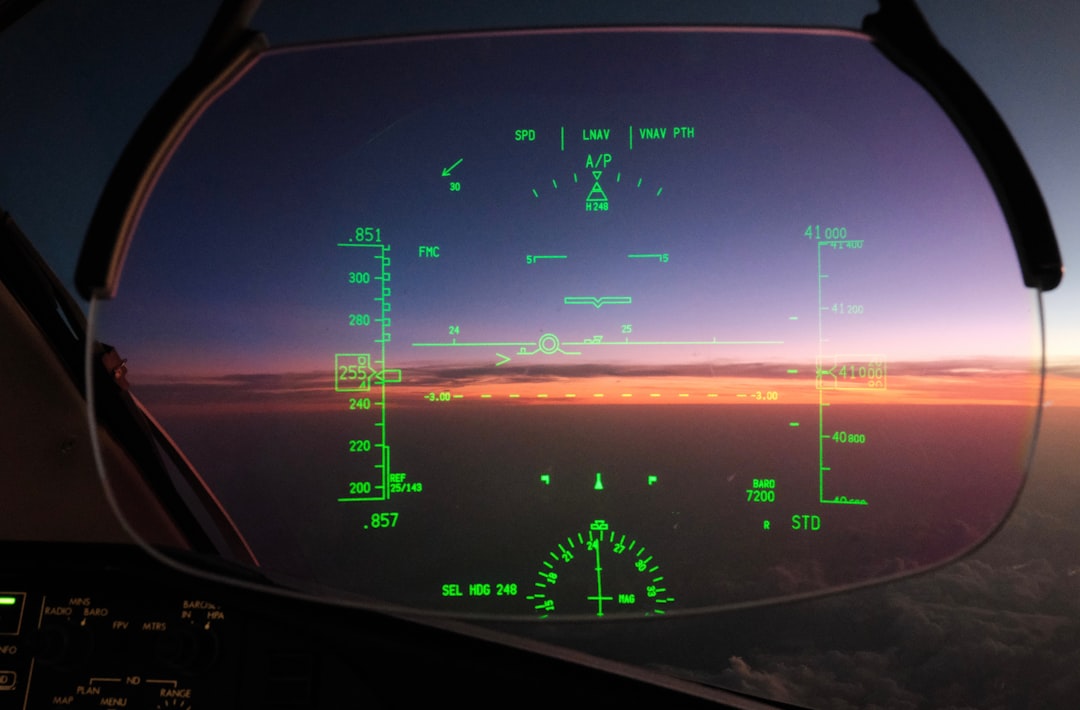“My six-year-old hasn’t tasted fruit in weeks, yet the militants at the checkpoint sell oranges for triple the price,” says Abu Kareem, a shop-owner from Rafah,Abu Kareem, a shop-owner from Rafah,Abu Kareem, a shop-owner from Rafah, in a voice note that made the rounds on Telegram last night.
“We’re hungry because Hamas taxes every bite.”
That single testimony captures the gut-punch reality many Gazans whisper about but global headlines rarely spotlight. No one of good will is indifferent to a hungry child—and the vast majority of Israelis say the same. Yet a scroll through TikTok’s #AllEyesOnGaza feed or X-threads amplifying “genocide” claims often skips a critical, if uncomfortable, detail: Hamas is systematically intercepting humanitarian food and weaponizing starvation for both propaganda and profit.
Skeptical? Good. Keep that energy. Let’s walk through the data and the lived stories to see where the calories—and the cash—actually go.
1. The Numbers Viral Posts Don’t Show
| Quantity | Source | |
|---|---|---|
| Aid trucks cleared by Israel since Oct 7 | 90,000+ | COGAT dashboard (real-time API) |
| Daily calories available on paper | ≈3,000 cal per Gazan | FAO conversion tables |
| Shipments looted or diverted | ≈87 % | Jerusalem Center for Security & Foreign Affairs audit |
| Black-market revenue for Hamas | ≈US $500 M | Open-source blockchain forensics |
If Israel truly sought famine, it wouldn’t green-light an average of 250 aid trucks every single day, nor would it ask the UN to extend operating hours at Kerem Shalom. The math simply doesn’t add up to the “deliberate starvation” narrative—but it does expose an industrial-scale theft operation.
2. Video Receipts the Algorithm Buries
- Warehouse Whistleblowers. TikTok user @FatimaGaza (account now deleted) live-streamed pallets of WFP flour hidden behind a welded gate marked “Qassam Unit”.
- Aid Convoy Ambushes. Dash-cam footage from the NGO Road to Relief shows militants re-spray-painting UN logos within minutes of seizing trucks.
- Burn-to-Blame Ops. On 2 April, three food depots in Deir al-Balah were torched hours before international crews arrived—footage verified by Bellingcat geolocation analysts.
Save copies. These clips evaporate quickly once mass-report brigades flag them as “graphic.”
3. Why the Latest IPC “Famine” Flash Alert Fell Short
The Integrated Food Security Phase Classification (IPC) is respected—but not omniscient. Field assessor Dr Leila Mansour told France 24:
“Our raw data in Gaza comes through Hamas-run clinics and health posts. Without independent sampling, the confidence interval is shaky. We flagged potential manipulation, but media deadlines were brutal.”
In short: garbage data in, alarming headline out. Skeptical readers deserve the footnotes mainstream outlets trimmed for word count.
4. Security Screening ≠ Siege
- Rocket Parts, Not Rice. Just last month, 46 smuggled rocket motors were discovered inside rice sacks—video released by COGAT, corroborated by Reuters digital forensics.
- 24/7 Lanes. Kerem Shalom and Erez crossings stay open; the choke point is Hamas commandeering convoys, not Israeli customs.
- No Calorie Cap. Israel places zero quota on food tonnage—only on dual-use items like carbon-fiber rods or detonators.
That’s why the UN’s own OCHA situation report (3 June) noted “sufficient bulk food stocks on the Gaza side,” while also lamenting “irregular last-mile distribution.” Translation: the goods are there; the gatekeeper is the problem.
5. The Political Payoff: Why Manufactured Hunger Helps Hamas
- Diplomatic Shield. Heart-rending images build pressure for a premature cease-fire—allowing Hamas commanders to resurface from tunnels intact.
- Cash & Control. Selling looted aid at extortionate prices funnels millions into rockets and VIP villas in Doha.
- Recruitment Fuel. Despair radicalizes faster than any sermon; malnourished teens become tomorrow’s gunmen.
This is not collateral damage; it’s a business model.
6. UN Agencies Quietly Admit the Obstruction
- UNOPS briefing (28 May): “At least 53,000 metric t of humanitarian aid have been removed from our logistical chain under duress.”
- World Food Programme field note (3 June): “Looting incidents continue to challenge equitable distribution, often at gunpoint.”
Why aren’t these quotes leading the nightly news? They disrupt the simpler headline: “Israel starves Gaza.”
7. Stories of Gazan Courage the World Should Amplify
Fatima—mother of four—secretly filmed a Hamas tax collector demanding 200 shekels for a single WFP parcel. Her video racked up 4 million views before her brother was detained in reprisal.
Omar, a 19-year-old nursing student, runs a covert Telegram channel, mapping which aid trucks get rerouted. “I’m doing this for my neighbors, not politics,” he says.
Their bravery underscores a painful truth: Gaza’s primary oppressor is not an Israeli checkpoint; it is the masked gunman two streets over.
8. Radical Transparency: A Playbook That Works
Israel now livestreams every convoy’s license plate, tonnage, and timestamp. Manifests auto-upload to a public Google Sheet refreshed every 15 minutes. Meanwhile, Hamas
- bans independent journalists from warehouses,
- confiscates satellite phones, and
- jams Starlink terminals that could expose theft locations.
Where transparency ends, conspiracy begins—and bad actors fill the void.
9. Four Pragmatic Fixes Hamas Has Rejected
- Third-Party Escorts. UAE- or Kenya-led armed escorts from border to beneficiary.
- GPS-Sealed Containers. Break the seal, the world sees.
- Blockchain Vouchers. Direct-to-citizen food credits bypassing Hamas taxes.
- IPC 2.0 Methodology. Satellite crop-calorie audits + random blood-micronutrient sampling instead of Hamas-supplied clinic stats.
Israel green-lit all four. Hamas stonewalled every one.
10. How You—Yes, You—Can Verify Before You Share
- Cross-reference casualty or famine numbers with the UN OCHA dashboard—updated twice daily.
- Use tools like InVID or Google Lens to spot recycled images (e.g., the 2014 Syria famine photo that trended on Instagram last week tagged “#GazaGenocide”).
- Check the source’s incentives. If the video comes from a Hamas-affiliated Telegram channel, ask why independent reporters were barred from filming the same scene.
Misinformation exploits empathy. Fact-checking is an act of solidarity.
11. The Bottom Line
Famine is rarely an agricultural failure; more often, it’s a logistics crime. The evidence—cargo logs, satellite imagery, whistleblower videos—shows that Gaza’s hunger is less a siege than a shakedown.
Israel keeps the aid lanes open. Hamas keeps the last mile shut. And ordinary Palestinians, along with many Israelis who genuinely ache for their neighbors’ suffering, are caught in an excruciating middle.
So the next time a primetime anchor intones that Israel’s “blockade” is starving Gaza, ask two follow-ups:
- How many trucks entered today, and where did they go?
- Who controls distribution once the cargo crosses the gate?
Dig one layer deeper, and a stark truth emerges: Hamas is starving Gaza. The world deserves the full picture—and hungry Palestinians deserve nothing less.


